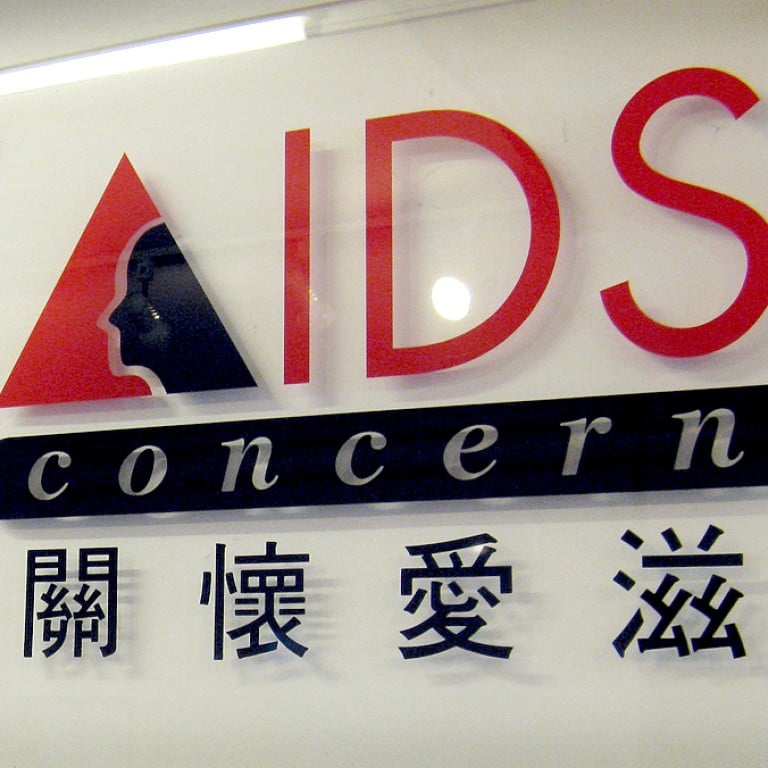
Number of new HIV cases among young Hongkongers trebles within a decade
Call for better sex education as 'troubling' statistics show 20 to 29 age group made up almost 30pc of new cases last year
The number of new cases of HIV among young people in Hong Kong has more than trebled over the last decade, the Department of Health says.
The department’s latest statistics reveal that Hongkongers aged between 20 and 29 made up almost 30 per cent of last year’s new reported cases.
Concern groups describe the situation as “troubling” and called for a bigger focus on youth in the battle against Aids.
Sex is largely a taboo in Chinese society, as people tend to shun any overly open discussion. “Everyone doesn’t know quite what to do [to talk to young people about sex] and then hopes someone else will take the responsibility,” Aids Concern chief executive Andrew Chidgey said.
He pointed to inadequate sex education in schools.
“It is important to recognise that in Hong Kong, the general sexual health knowledge of the population is very limited,” Chidgey said.
“One of the main reasons is that young people are hardly given education about relationships, and healthy sexual relationships.”
The government allows schools to decide what they believed is the most appropriate teaching approach on campus, thus making sex education in schools ineffective, he added.
Unsafe sex as a result of misconception about the disease was also to blame, he said. “People think HIV happens only to people who have a lot of sex partners or casual sex,” Chidgey said.
The department’s statistics show more young adults in the city are living with HIV, the virus that causes Aids.
The number of new patients aged between 20 and 29 rose from 46 in 2003 to 151 last year.
The 2003 figure was about one-fifth of the 229 new cases identified at the time. But the proportion rose to 23.3 per cent of 438 new cases in 2011, and further to 27 per cent last year.
This contrasted with the steady downward trend for those between 30 and 39 years old.
That age group made up 40.6 per cent of new HIV patients in 2003, dropping to 35.6 per cent in 2008 and then 32.7 per cent last year.
The city saw 559 new infections last year – the highest annual figure since the first case was diagnosed some 30 years ago.
It represented a 9 per cent increase on the 513 cases in 2012, bringing the total number of reported HIV cases to 6,342.
HIV works by multiplying and attacking immune cells, eventually bringing down the body’s immune system. At that stage, the infected person is diagnosed with Aids. The immune system is severely damaged and the patient has difficulty fighting diseases.
There is no cure or vaccine for HIV or Aids. New drugs are helping many patients live longer and more productive lives but the treatments do not work for everyone.
David Tse, director of the Hop Yuen Charitable Foundation, agreed with Chidgey on the inadequate Aids prevention education in schools.
Parents were partly to blame, he said.
“Schools usually have reservations about having Aids education for pupils,” Tse said. “We have heard from schools that sometimes parents are overly sensitive. If they know their children’s school is going to hold talks on Aids, they would raise questions, thinking some of the schoolmates of their children must have been infected, and would lodge complaints.”
Tse’s foundation is taking part in an anti-Aids campaign targeting young people. It is jointly organising a short-film competition with St John’s Cathedral HIV Centre to promote the theme of “Getting to Zero”, which focuses on the goals of zero new infections, zero discrimination and zero Aids-related deaths.
The competition is opened to participants between 15 and 35 of age. The deadline for entries is June 30.

